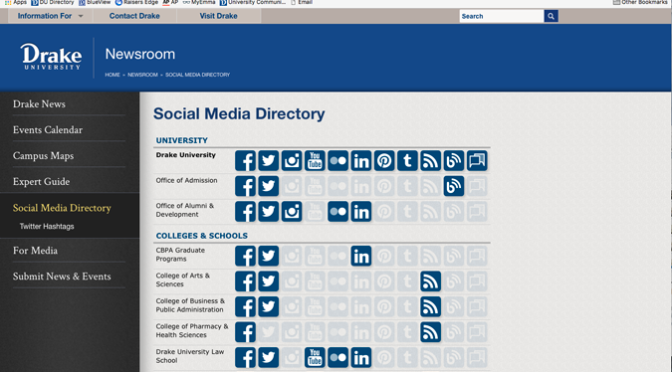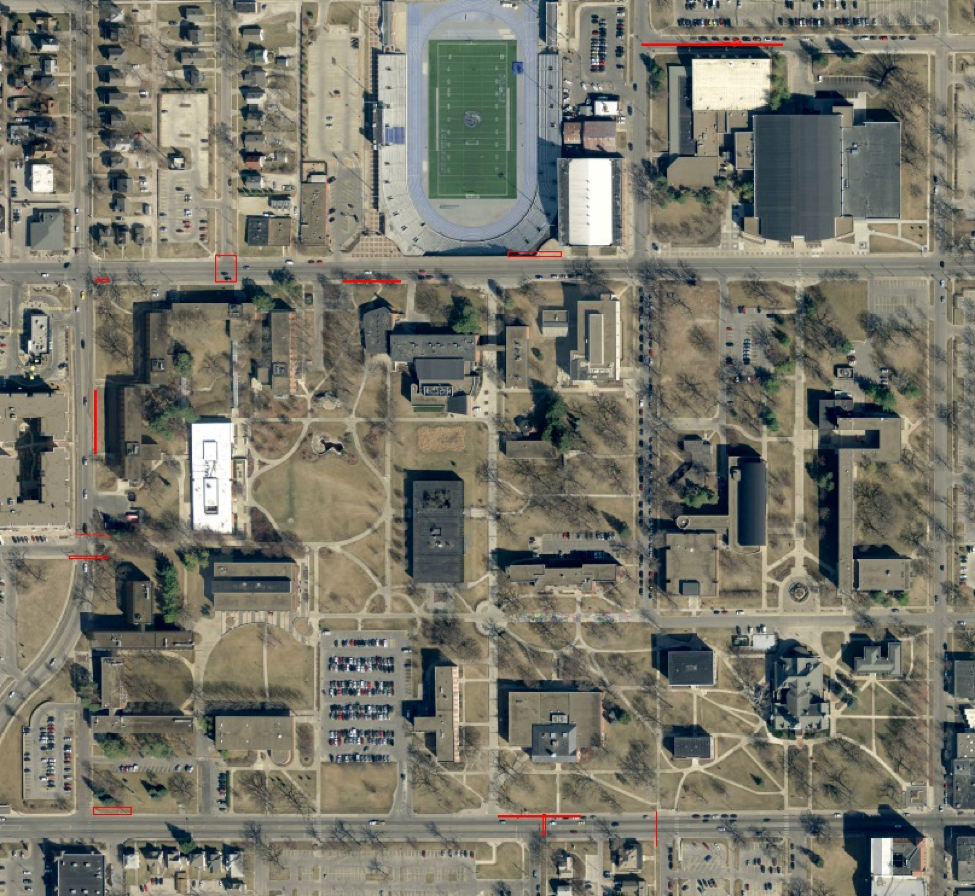Drake, in conjunction with the City of Des Moines, will be replacing several sections of concrete sidewalk around the exterior of campus July 11–17. The project will enhance campus compliance related to ADA concerns. Please see the attached map to determine if the project will interfere with your daily walking routes. The concrete repairs are marked in red. The repairs will impact the following locations:
• 27th Street and Clark Street
• 2700 block of Forest Avenue
• 2804 Forest Avenue
• 29th Street and Forest Avenue
• 30th Street and Forest Avenue
• 30th Street and Carpenter Avenue
• 27th Street and University Avenue
• 28th Street and University Avenue
• 2800 University Avenue
—Jolene Schmidt, Facilities Planning & Management



